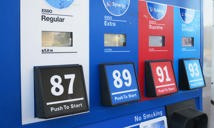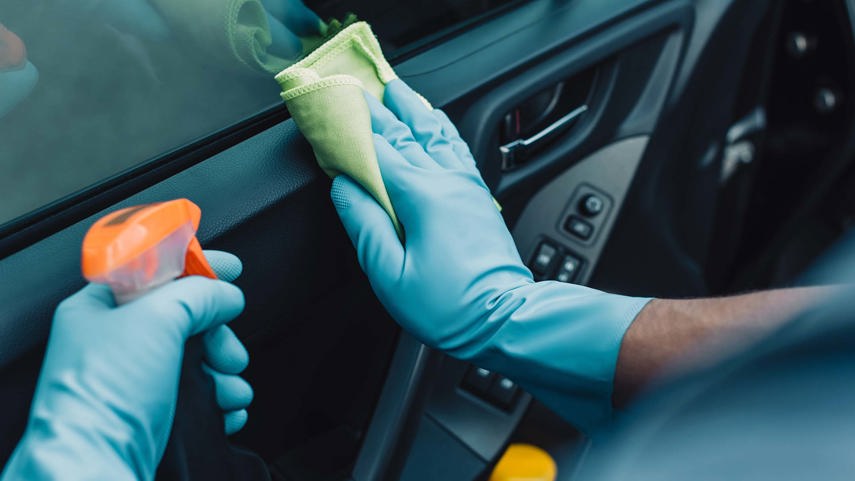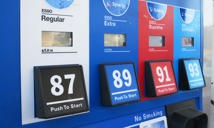For a lot of us, our cars are our sanctuaries – places that can take us away from the realities of the rest of the world.
Perhaps there’s even a bit more truth to that concept now, with the COVID-19 pandemic forcing many of us to hole up at home in order to limit the virus’s spread. Going for a long drive – or even just driving to a grocery store across town – can provide some much-needed time out of the house, however, it’s important to take the appropriate steps to ensure you’re not exposing yourself or others to potential infection.
1. Don’t Just Clean, Disinfect
Before you need to drive, it’s wise to give your car a thorough clean. Start by disinfecting all the areas you typically touch – the door handles, window switches, seatbelt, steering wheel, gear selector, turn-signal stalk, and any buttons you use frequently.
Now’s not the time for those fancy car cleaners; we’re talking the heavy-duty stuff – just be sure not to use anything that’s going to damage the leather, cloth, or plastics inside. And whatever you do, don’t use anything with bleach or peroxide!
Lysol wipes work well, but if you don’t have any kicking around the house, spray some rubbing alcohol on a microfibre towel and gently – but thoroughly – wipe down the various surfaces you come in contact with. Health Canada has an approved list of hard surface cleaners that will disinfect effectively, but again, make sure not to use bleach in your car because it can cause damage and discolouration.
The best way to clean an infotainment screen is with a special glass cleaner that won’t leave streaks. Anything with ammonia in it can damage the screen’s anti-glare coating, so if you don’t have any screen cleaner handy, use the rubbing alcohol and microfibre towel trick.
2. Low-Contact Refuelling
There’s no need to panic and top up your fuel tank every time you head out, but it can’t hurt to keep it full – especially given how much lower gas prices are in most of the country right now. If you are going to head to the gas station, try to go outside of peak hours to limit your contact with others, and pay at the pump if you can. (Pumps equipped with tap-to-pay are even better, but even the ones with keypads will do the trick.)
To limit potential exposure, consider handling the fuel pump with a paper towel rather than touching it directly, or using disposable gloves as needed. Either way, make sure you’ve got hand sanitizer with you and use it before you touch anything inside the car.

3. Practice Safe Eating
Most restaurants across Canada have closed their dining rooms, but many drive-throughs are still open and offer an excellent solution for grabbing food on the go. If you plan to stop at your local burger shop, don’t pay with cash – use tap to pay by card or even your phone; keep your contact with pin pads and money to a minimum. If required, ensure you take necessary precautions and have hand sanitizer on hand.
And don’t eat in your car. Instead, wait until you get to where you’re going – and wash your hands thoroughly – before eating.
4. Social Distancing Still Applies
So you’ve disinfected your car, fuelled it up, and grabbed a bite to eat, but that doesn’t mean it’s time to pick up your friends. All the rules about social distancing still apply, so it’s important to limit who’s in your vehicle to help stop the spread of COVID-19. If it’s necessary to give a ride to a friend or family member, make sure to disinfect your vehicle before and after, and keep physical interaction to a minimum.
-------------------
The health and safety of our community is our top priority. autoTRADER.ca encourages all Canadians to practice social distancing in accordance with recommendations by Health Canada and avoid non-essential travel. It's up to all of us to help prevent the spread of COVID-19. If the purchase of a vehicle is essential to your situation, please contact your local dealership to discuss options relative to your region and ensure accordance with Health Canada guidelines. For more information on how COVID-19 might impact Canadian car owners, see our resource page here.


